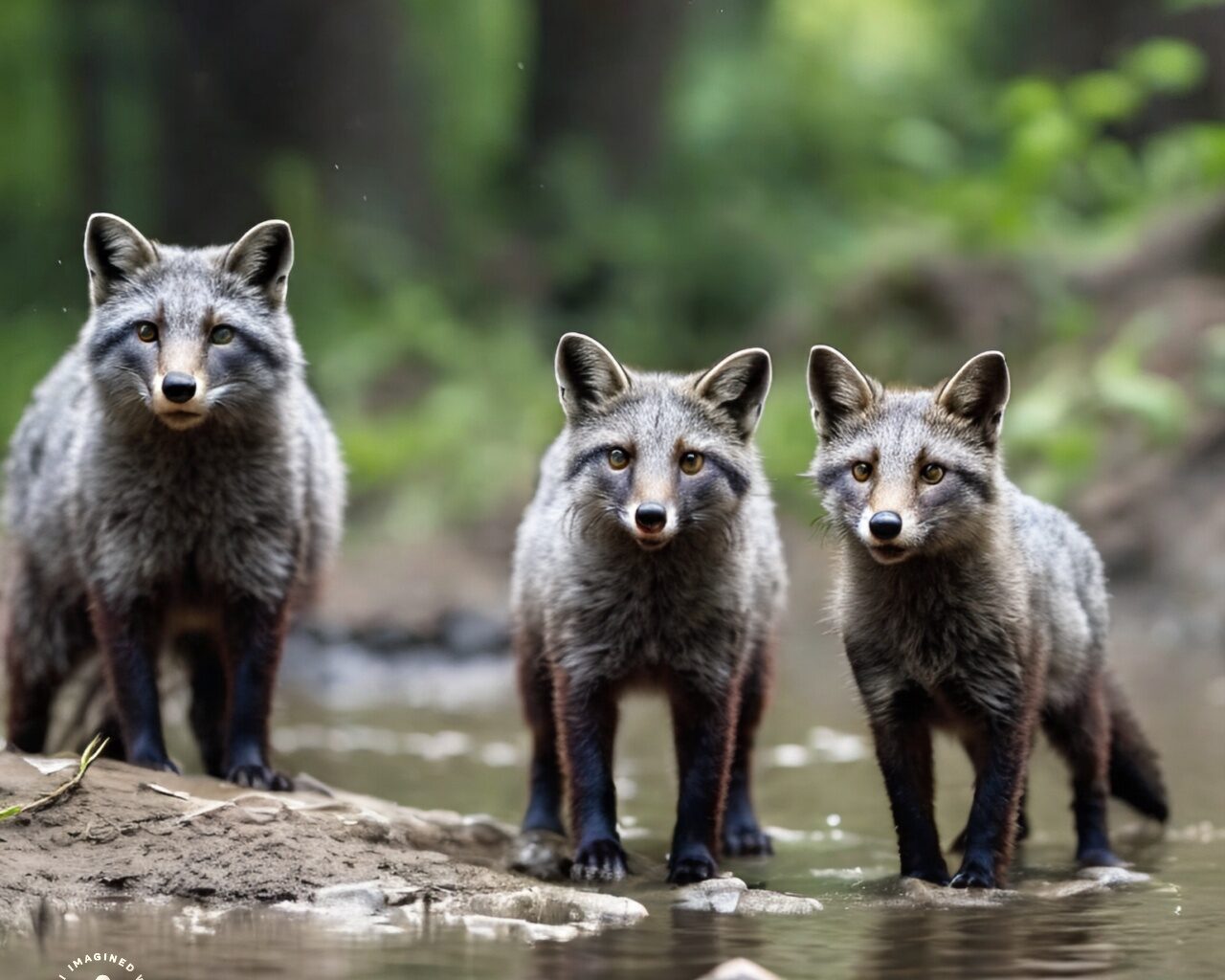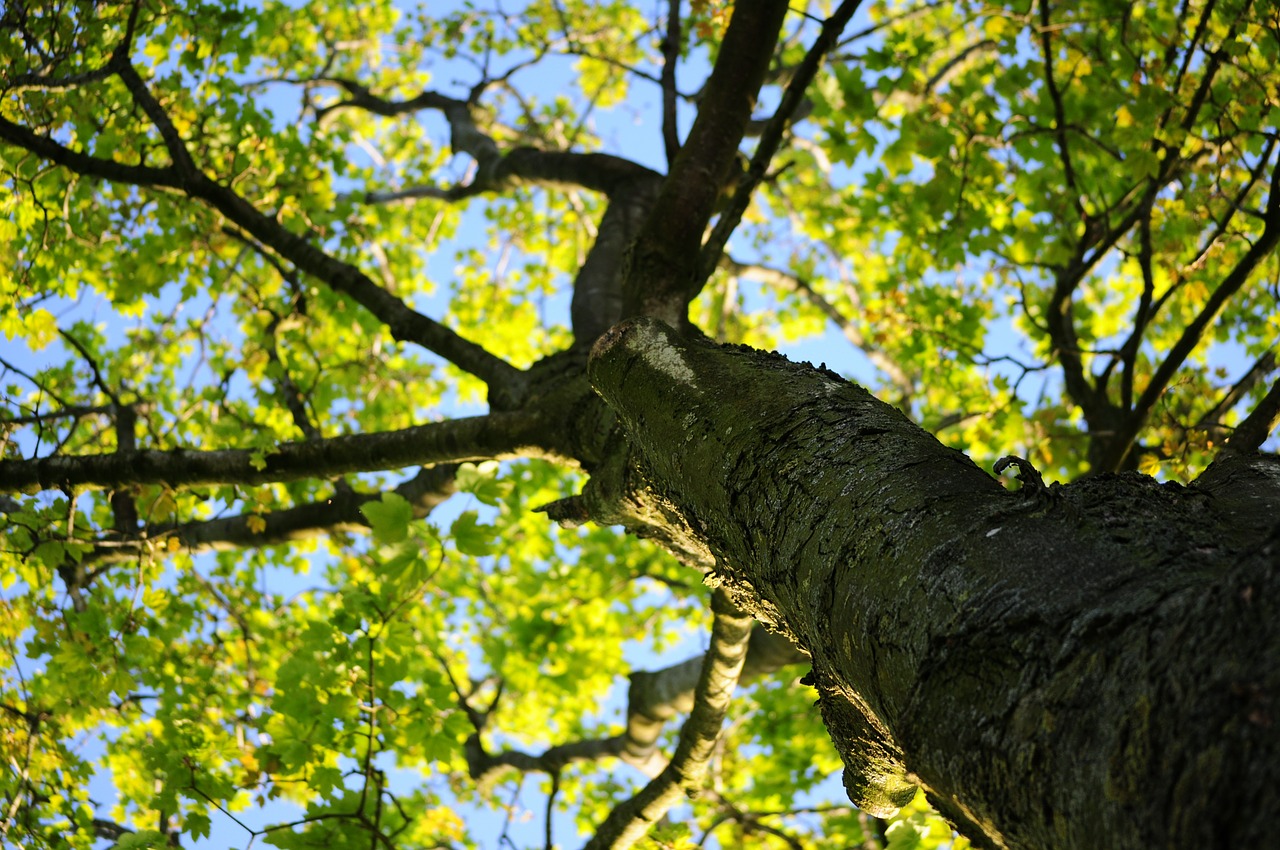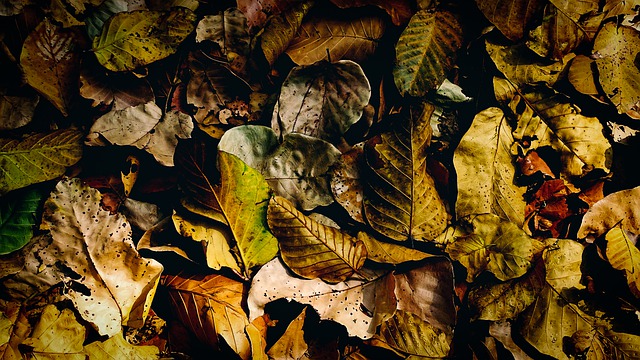By 1808Delaware
The Ohio Department of Natural Resources (ODNR) Division of Wildlife embarks on a significant scientific endeavor, calling upon Ohioans to assist in tracking elusive furbearing species. This initiative, spearheaded by the state’s wildlife biologists, focuses on gathering crucial data on gray foxes, river otters, black bears, and other notable furbearers. Citizens are encouraged to contribute by submitting reports through the Wildlife Reporting System on wildohio.gov or the HuntFish OH mobile app. This citizen science approach is pivotal for wildlife biologists to monitor and understand the populations of these secretive creatures.
Gray Foxes
Among the targeted species, the gray fox stands out with its unique arboreal abilities, distinguishing it from its more common counterpart, the red fox. Gray foxes, characterized by their black-tipped tails, favor wooded areas and dense brush. Though more abundant in eastern Ohio’s forested regions, their nocturnal and elusive nature poses a challenge for tracking. As such, the public’s contributions in reporting sightings, photos, and even carcasses become invaluable. These submissions aid in managing gray fox populations and provide insights into their health, demographics, and genetics, particularly as their peak breeding season approaches in winter.
River Otters
River otters, once extirpated from Ohio, represent a conservation success. Their reintroduction between 1986 and 1993 has led to a nearly statewide presence, removing them from Ohio’s endangered species list. A regulated trapping season offers limited harvest opportunities, with trappers encouraged to submit carcasses for study. Analyzing the age, sex, and reproductive status of these carcasses enables biologists to keep a close watch on the otter population’s health and growth.
Black Bears
Black bears hold a special place in Ohio’s wildlife tapestry. Previously extirpated and now endangered in the state, they began a natural recolonization in eastern Ohio in recent decades. Sightings, though still rare, are on the rise. Public reporting of sightings and photos is crucial for the Division of Wildlife to track this resurgence.
Citizen Participation: A Crucial Element
Ohioans play a vital role in this wildlife monitoring project. Reports of other furbearers like fishers, badgers, weasels, and bobcats are also encouraged. While hunting and trapping of foxes are permitted through Jan. 31, 2024, and river otter trapping from Dec. 26 to Feb. 29, 2024, regulations must be adhered to. For carcass submissions, including those from roadkill, contacting county wildlife officers is essential; info to do so can be found here. The public’s active participation in reporting these species not only aids in scientific research but also fosters a deeper connection with Ohio’s rich natural heritage.
To become a part of this vital conservation effort and for more details on hunting and trapping regulations, visit the Ohio Hunting and Trapping Regulations website.










